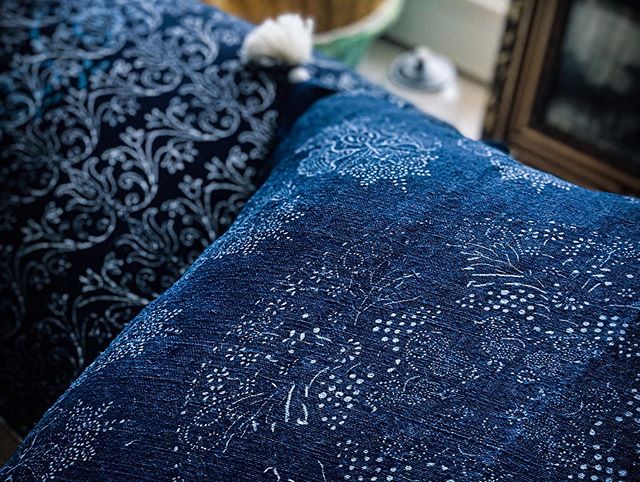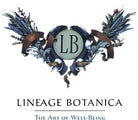
Indigo
Hungarian Kékfestő workshops are rare now. Once there were over 1200, now sadly only five remain active. These lineage workshops, called Kékfestő (blue dyer) are passed from generation to generation. We are fortunate to work with two. One is in Tolna, run by a lovely young couple and the other run by the famous János Sárdi in Nagynyárád, Baranya. Both workshops are literally working museums. Hand crafted equipment is used as if it were modern. Everything has a purpose, compact and efficient. Eight generations deep, both workshops carry valuable histories and artisanal knowledge. Every generation makes improvements, modifications, adapts - yet keeps what is essential. I am in awe at the perseverance and tenacity of both workshops and how they manage to stay culturally relevant and vibrant.
The workshop walls are lined with time-worn wooden hand crafted dye patterns. All are hand carved with attached tiny metal filigree pieces that form lace-like designs, using nature as a primary source of inspiration. Each pattern is unique to its maker. The only way to identify the maker is by eye, there are no signatures. It is overwhelming to see so many. Both workshops collect all of the patterns from those that have closed when possible. The quiet lined walls pay homage to a time when life was vastly different. When guilds were full of artisans-in-training walking the village-speckled countryside while working their trade for room and board and a small fee.






Indigo print making in Hungary is created using the wax resist method. Each design requires a dye pattern – typically more than one. Some of the modern pieces are done on rolls or horizontal dyes. It is a delicate process. Everything has to be calibrated to work in harmony: the recipes for the wax, the time in the dye bath, the mix of the indigo, and the temperatures of each component all play an integral part of the indigo dying process. The dye pattern is put into a wax bath and then used to print the pattern onto cleaned cloth. This process is repeated until the cloth is covered in wax. After drying the indigo dye baths are readied and the cloth is submerged repeatedly depending on the color desired. The weather also plays a critical role in the making of Kékfestő textiles as all of the cloth is hung outside to dry in the sun.






Lineage Botanica uses traditional indigo dyes because we want this piece of artisan heritage to stay alive. Both synthetic and true indigo are used in the workshops. The industrialized world has brought easier solutions to the craft, however we think that old school traditions are best kept by using them. Nothing compares to the rich hues and alchemy of real indigo.



All of our textiles for printing are foraged, collected and gathered for indigo. We use antique hemp and linen rolls of cloth, hand woven pre or in-between WW1 and WW2. These are nubby, soft, rough and uniquely mysterious and masterfully woven fabrics, made from regional plants. All production and processing were done in the fields, out in the yard or inside by candle and lamp light during long winter nights. Plant fibers take time, patience and skill to turn them into threads to weave. Every roll is a treasure. When we take them to be dyed, it is an all-day affair. To select the dye, to study possibilities, lay the patterns out and start dreaming…. It is a lovely experience for which we are impossibly grateful.



Since 2018, Kekfestő workshops have been inscribed on UNESCO’s Intangible Cultural Heritage List, along with similar traditions existing in neighbouring Austra, Slovakia and the Czech Republic.



Leave a comment